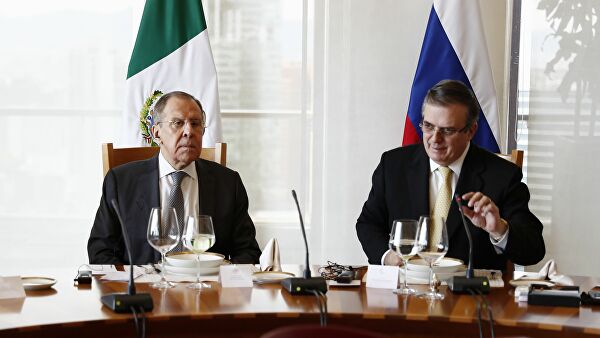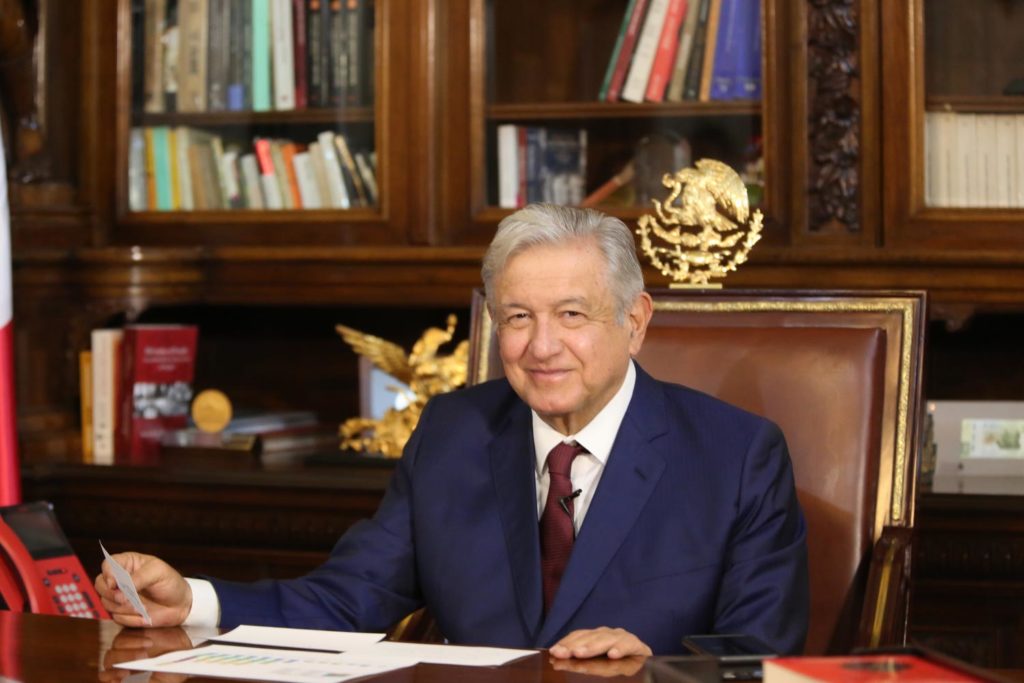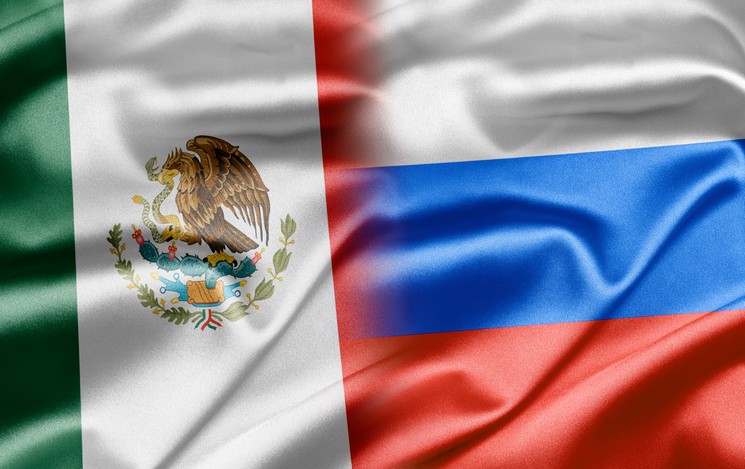Since the beginning of the 2000s. Russian-Mexican meetings at various levels took place quite often and intensively. Since 2018, with the coming of Andrés Manuel López Obrador to power in Mexico, Russia has been able to strengthen its political and economic presence in this Latin American country. What are the interests of the Kremlin in Mexico? What is the basis of Russian-Mexican cooperation today?
In recent years, within the framework of meetings and consultations between the two sides, the strengthening of mutually beneficial cooperation has been especially noted. During one of such meetings in June 2015 in Moscow, the Plan of Political Consultations for 2016-2018 was signed. Then the essence of this plan was that the two countries consolidated their intention to inform each other about changes in the political situation in the world that are of mutual interest to them. Until today, this interest, first of all, remains Mexico’s relations with the United States, which deteriorated noticeably during the presidency of Donald Trump (Donald John Trump).
On December 1, 2018, with the coming of the leader of the “left” wing, Manuel López Obrador (Spanish – Andrés Manuel López Obrador), to power in Mexico, the political rhetoric of this Latin American country acquired shades aimed at rapprochement with Moscow. By the way, drawing a parallel, during the Cold War, Mexico had fairly close relations with the USSR. This year marks the 24th anniversary of the signing of another foreign policy document – a declaration on the principles of cooperation between Mexico and Russia, which, in particular, emphasizes the importance of “establishing a political dialogue between geographic regions…in order to help expand the presence of the Russian Federation in the Latin American continent”.

However, the plan for the presence of Russia in Mexico is not developing so dynamically. Today, there are not so many joint projects between the two countries. Since 2015, the “LUKoil” company has its representation in the Latin American country, and after a series of attempts, the Russian oil and gas giant in June 2017 was able to win a tender to develop oil fields in the coastal waters of the Gulf of Mexico. In addition, equipment for some Mexican hydropower plants is supplied by the Russian company “Power Machines”.
At the end of May, the National Commission for Hydrocarbons of Mexico approved the plan of the Italian company “Eni” and the Russian company “LUKoil” about exchanging shares in three projects on the shelf in the Gulf of Mexico. In accordance with the agreements reached, the “LUKoil” will again give the “Eni” 40% in block No. 12 (while remaining the project operator with a share of 60%), the “Eni”, in turn, will give the “LUKoil” 20% each in blocks No. 10 and 14, remaining a project operator. The plan involves investment of these enterprises in the amount of about $ 226.5 million over five years. Earlier, representatives of the Russian oil company reported that this agreement would “expand the portfolio of the LUKoil’s exploration projects in the region, diversify risks and increase competence in geological exploration”. The “LUKoil” and the “Eni” have already received relevant authorizations for these units in 2017 based on the results of the first stage of the second licensing round in Mexico.
Tourism remains the main economic link between Russia and Mexico. Before the outbreak of the coronavirus pandemic in the Latin American region, several hundred thousand Russian travelers visited this country every year.
In recent years, Mexico has become actively interested in the possibilities of purchasing Russian weapons. In 2017, the delegation of the military of this Latin American country for the first time participated in the Russian exhibition “Army-2017”. In 2018, Mexicans also took part in this event, noting that they were very interested in Russian developments presented annually at the exhibition.
Against the backdrop of the COVID-19 pandemic, Russian-Mexican interaction has acquired a new dimension. Mexico became the first country in North America to register the “Sputnik V” vaccine in February this year. The Federal Commission for Protection against Sanitary Risk of Mexico (Spanish – Comisión Federal para la Protección contra Riesgos Sanitarios, COFEPRIS) approved the Russian vaccine under the emergency use authorization procedure without additional clinical trials in the country. The Secretary of Foreign Affairs of Mexico announced in January that the country intends to purchase 7.4 million doses of the coronavirus vaccine from Russia, that is, it was originally planned to vaccinate 3.7 million people with the Russian vaccine.

On March 25, a scandal erupted over the Mexican authorities seizing a batch of a fake vaccine that mimics Russia’s “Sputnik V” vaccine against COVID-19. Mexican customs officials checked a private jet that was in the territory of this Latin American country. It was to head to the San Pedro Sula International Airport in Honduras. The counterfeit drug was found inside two refrigerators. 5,775 doses of the drug were hidden, according to Mexican authorities, between soft drinks and sweets. The Russian Direct Investment Fund (RDIF), after analyzing the images of the seized batch, said that it was a fake.
Over the past couple of years, the topic of a possible strengthening of Russia’s presence in Mexico has been considered by observers in a number of US Medias de communication, although often in hypothetical terms. True, the White House’s view of Mexico as a country dependent on Washington is associated with an underestimation of the real situation. In the context of the political crisis in Brazil, Mexico, which today is the second largest economy in Latin America, may well become the first. After all, its position as the closest neighbor of the United States gives this Latin American state many opportunities, and this is worth taking advantage of.
Despite the fact that political contacts between Moscow and Mexico City are still cautious, the current Mexican leader at the end of 2018 accepted the invitation of the Russian president to come to Moscow with an official visit. In turn, on January 25 of this year, the Mexican leader, following a telephone conversation with the Russian president, invited Vladimir Putin to visit Mexico. Lopez Obrador noted that he also thanked Putin for the decision to send 24 million doses of the “Sputnik V” vaccine to Mexicans over the coming months. In his numerous statements, Andres Manuel López Obrador sees cooperation with Russia as one of the top priorities of his government, and he is also interested in the abolition of visas between the two countries.
After the administration of President Lopez Obrador came to power, the Russian side became more interested in expanding the dialogue with Mexico. At the moment, according to representatives of the foreign ministries of the two countries, there is a question of improving the legal framework. In turn, we are talking about a number of agreements that are at the stage of analysis and elaboration, including the draft agreement on visa-free travel for citizens, cooperation between the prosecutors general’s offices, the agreement on maritime shipping, the mutual recognition of diplomas and documents on scientific degrees and others.


